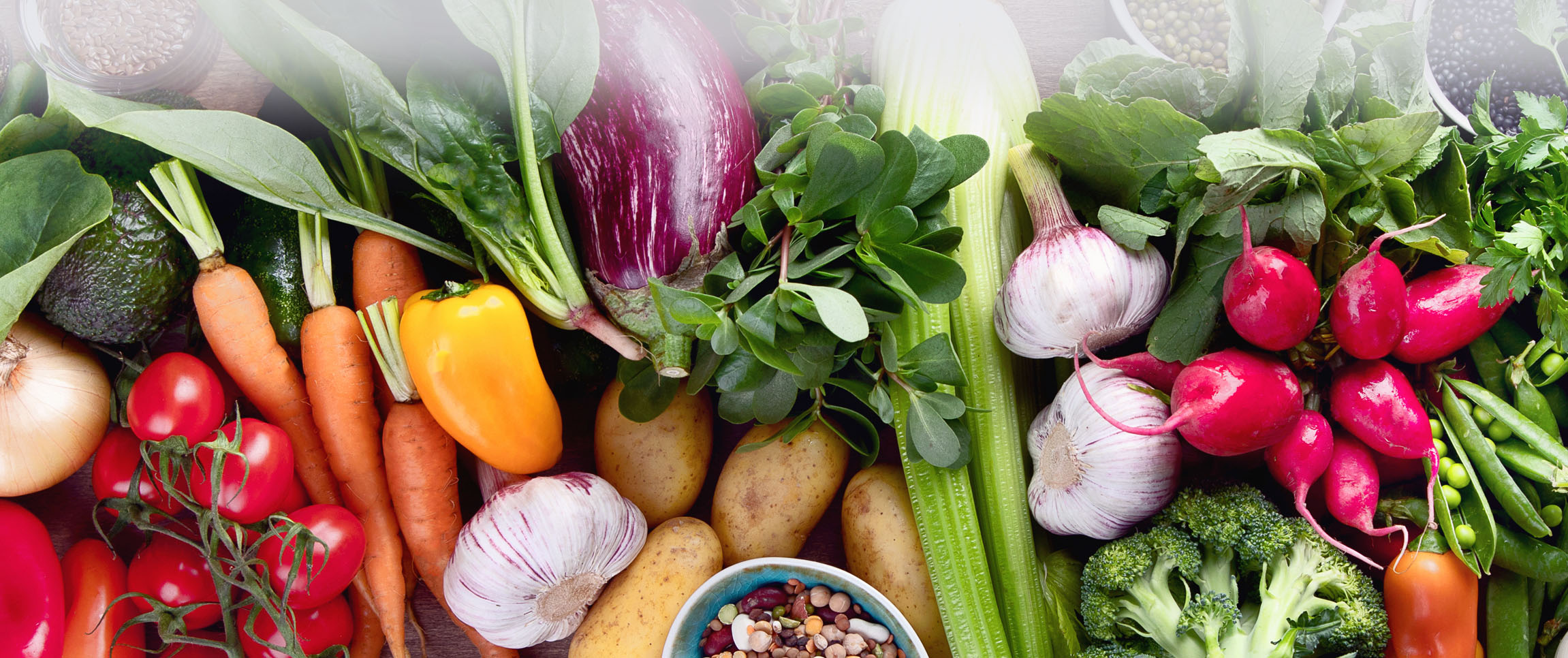We’ve hit peak summer! Rolling in with that summer feeling is a certain palate — grilled meats, outdoor dining, freshly made cocktails. But there’s an undercurrent of culinary lightness that awaits on every restaurant’s menu: summer season veggie combinations.
With so many fresh sources, the options feel limitless. Cucumbers, tomatoes, beans, greens, eggplant, onions, or any variety of peppers — there’s no stopping the mighty vegetable on the plate.
But how can restaurants fuse the many flavors and applications of veggies while pushing profitability on every dish? During these times, chefs should look to get creative with every morsel of foodstuff in the kitchen. Maybe use that product on a special? Maybe adjust a dish to cut down on cost? Here are some practical applications and uses for your veggie selection.
Carrot Ginger Purée
Got leftover carrots? Got unused ginger root? Blend those ingredients together to whip up a delicious and succulent option for items like braised short ribs, or any long-cooked protein that’ll fall off the bone. As meat and juices sink into a carrot ginger purée, it turns into a very happy marriage on the plate.
Celery Root Slaw
Bring a little crunch to brunch on the salad menu with celery root slaw featuring toasted caraway and sliced apples. That distinct bite of the celery root mixes beautifully with apple bites, giving a distinct contrast of flavors. The toasty caraway warms the top. Easy to throw together, and easy to add to any menu.
Parsnip Purée
Whipping up a parsnip purée would pair nicely with grilled halibut topped with a charred tomato salsa. The underused parsnip melts in your mouth as a purée and combines with the fresh bite of halibut. You can also char some leftover or unused tomatoes as a topping salsa for a full flavor profile. Consider parsnip as a partner with any fish entrée.
Romesco Sauce
If you have a Mediterranean, Spanish, or tapas concept, a romesco sauce for fish dishes is an ace in the hole! Roast tomato, onion, garlic, red peppers, then blend with toasted almonds and bread. All together it brings a deep, soul-satisfying taste to dishes.
Black Bean Corn Dip
At some point in the summer, it feels like there’s enough corn to last decades. Be sure to use the mighty maize for a simple, clean, and healthy corn dip. If you normally serve chips with a water service, this might be a nice upcharge that’s different from guacamole (and far more affordable). Toss bits of corn with black beans, red onion, cilantro, olive oil, apple cider vinegar, salt, and pepper. Making this is easy and low cost. The bite is undeniably rich.
Village Salad
Jaunt over to any Mediterranean country and find villagers packing garden offerings to create their village salads. And you can plan for this, knowing what you’ll have leftover from other dishes.
Consider these ingredients that are common in a Greek village salad: tomatoes, cucumbers, bell peppers, red or white onion, olives, and feta cheese. Toss with olive oil, a dash of red wine vinegar, salt, and pepper. Have bread that’s on its last leg? Toast it and crumble it into the mix. That bread soaks up the juices, which helps veggie ingredients last longer and turns those bread pieces into mouth-watering bites. Sprinkle in chopped herbs like mint and/or basil.
Quick Veggie Hits
Consider these quick ideas for unused or leftover ingredients:
- Mixing older dill, chives (or green onions), and garlic with buttermilk to make a tangy ranch dressing
- Older tomatoes for salsas or even bruschetta (better for texture than new tomatoes)
- Carrot peelings in salads for a unique look and crunch
- Pickled ramps, which can accompany any dish
- Pickled carrots or celery as a topping for sandwiches, or in a Blood Mary cocktail
- Vinaigrettes! Burnt orange, roasted onion and garlic Parmesan, roasted tomato, to name a few



